BYD Tang vs Mercedes EQV – Which model is better for everyday use?
Compare performance, boot capacity, efficiency and price at a glance.
Find out which car is the better choice for you – BYD Tang or Mercedes EQV?
Costs and Efficiency:
Price and efficiency are key factors when choosing a car – and this is often where the real differences emerge.
Mercedes EQV has a evident advantage in terms of price – it starts at 50700 £, while the BYD Tang costs 64300 £. That’s a price difference of around 13538 £.
In terms of energy consumption, the advantage goes to the BYD Tang: with 24 kWh per 100 km, it’s a bit more efficient than the Mercedes EQV with 27.10 kWh. That’s a difference of about 3.10 kWh.
As for range, the BYD Tang performs clearly perceptible better – achieving up to 530 km, about 166 km more than the Mercedes EQV.
Engine and Performance:
Power, torque and acceleration say a lot about how a car feels on the road. This is where you see which model delivers more driving dynamics.
When it comes to engine power, the BYD Tang has a clearly edge – offering 517 HP compared to 204 HP. That’s roughly 313 HP more horsepower.
In acceleration from 0 to 100 km/h, the BYD Tang is decisively quicker – completing the sprint in 4.90 s, while the Mercedes EQV takes 10.30 s. That’s about 5.40 s faster.
In terms of top speed, the BYD Tang performs noticeable better – reaching 190 km/h, while the Mercedes EQV tops out at 140 km/h. The difference is around 50 km/h.
There’s also a difference in torque: BYD Tang pulls significantly stronger with 680 Nm compared to 365 Nm. That’s about 315 Nm difference.
Space and Everyday Use:
Cabin size, boot volume and payload all play a role in everyday practicality. Here, comfort and flexibility make the difference.
Seats: BYD Tang offers somewhat more seating capacity – 7 vs 6.
In curb weight, BYD Tang is hardly perceptible lighter – 2630 kg compared to 2666 kg. The difference is around 36 kg.
In terms of boot space, the Mercedes EQV offers significantly more room – 1410 L compared to 235 L. That’s a difference of about 1175 L.
In maximum load capacity, the Mercedes EQV performs significantly better – up to 5010 L, which is about 3355 L more than the BYD Tang.
When it comes to payload, Mercedes EQV clearly perceptible takes the win – 834 kg compared to 575 kg. That’s a difference of about 259 kg.
Who comes out on top?
Overall, the BYD Tang shows itself to be is largely superior and secures the title of DriveDuel Champion.
It convinces with the more balanced overall package and proves to be the more versatile choice for everyday use.
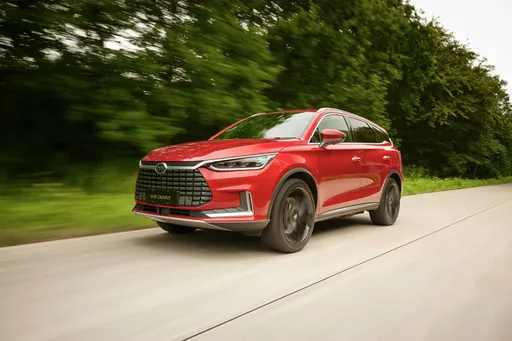
BYD Tang
BYD Tang
The BYD Tang represents a bold entry into the competitive SUV market, blending cutting-edge technology with modern design aesthetics. Its spacious interior is complemented by high-quality materials and innovative features, making it a strong contender for families and tech enthusiasts alike. With an emphasis on sustainability, the Tang offers an eco-friendly driving experience without compromising on performance or luxury.
details @ press.bydauto.be
@ press.bydauto.be
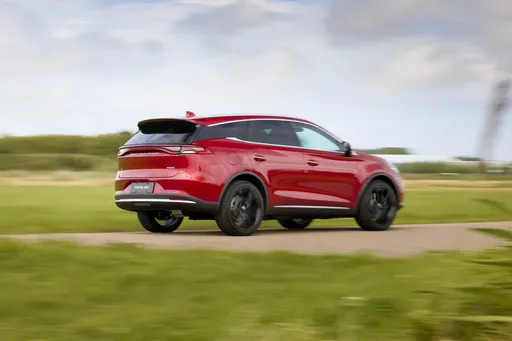 @ press.bydauto.be
@ press.bydauto.be
 @ press.bydauto.be
@ press.bydauto.be
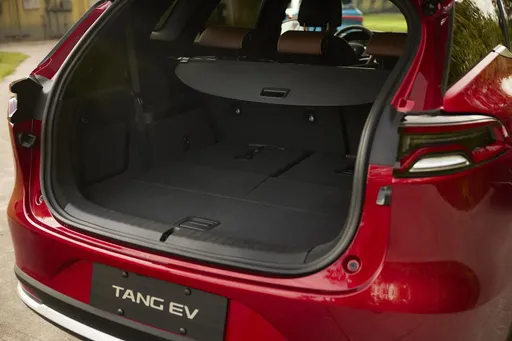 @ press.bydauto.be
@ press.bydauto.be
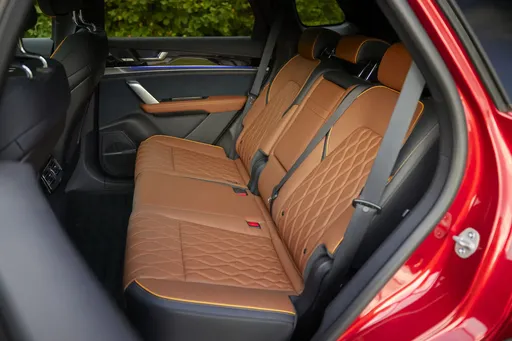 @ press.bydauto.be
@ press.bydauto.be
Mercedes EQV
The Mercedes-Benz EQV stands out as a versatile electric vehicle combining luxury with practicality, making it an ideal choice for environmentally conscious families. With its spacious interior and sleek design, it offers a premium driving experience that aligns with the brand's reputation for quality and innovation. As a sustainable option in the realm of people carriers, it exhibits the perfect balance between cutting-edge technology and everyday usability.
details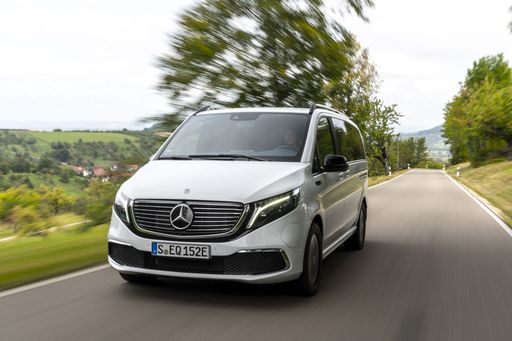 @ group-media.mercedes-benz.com
@ group-media.mercedes-benz.com
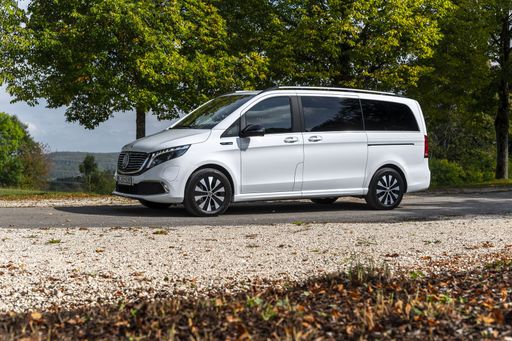 @ group-media.mercedes-benz.com
@ group-media.mercedes-benz.com
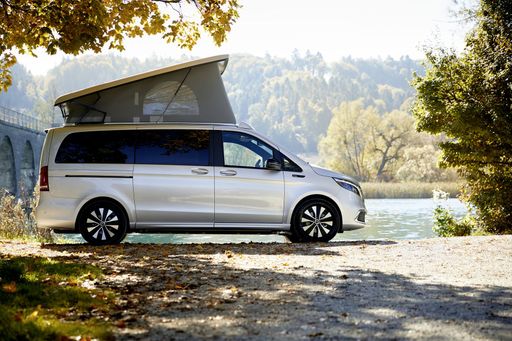 @ group-media.mercedes-benz.com
@ group-media.mercedes-benz.com
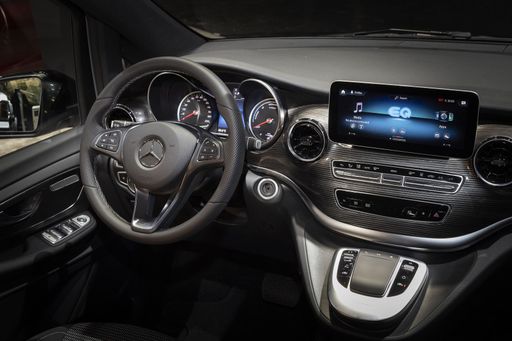 @ group-media.mercedes-benz.com
@ group-media.mercedes-benz.com
 @ group-media.mercedes-benz.com
@ group-media.mercedes-benz.com

|

|
|
|
|
Costs and Consumption |
|
|---|---|
|
Price
64300 £
|
Price
50700 - 54400 £
|
|
Consumption L/100km
-
|
Consumption L/100km
-
|
|
Consumption kWh/100km
24 kWh
|
Consumption kWh/100km
27.1 - 27.5 kWh
|
|
Electric Range
530 km
|
Electric Range
244 - 364 km
|
|
Battery Capacity
-
|
Battery Capacity
60 - 90 kWh
|
|
co2
0 g/km
|
co2
0 g/km
|
|
Fuel tank capacity
-
|
Fuel tank capacity
-
|
Dimensions and Body |
|
|---|---|
|
Body Type
SUV
|
Body Type
Bus
|
|
Seats
7
|
Seats
6
|
|
Doors
5
|
Doors
5
|
|
Curb weight
2630 kg
|
Curb weight
2666 - 2863 kg
|
|
Trunk capacity
235 L
|
Trunk capacity
1030 - 1410 L
|
|
Length
4970 mm
|
Length
5140 - 5370 mm
|
|
Width
1955 mm
|
Width
1928 mm
|
|
Height
1745 mm
|
Height
1920 - 1923 mm
|
|
Max trunk capacity
1655 L
|
Max trunk capacity
4630 - 5010 L
|
|
Payload
575 kg
|
Payload
637 - 834 kg
|
Engine and Performance |
|
|---|---|
|
Engine Type
Electric
|
Engine Type
Electric
|
|
Transmission
Automatic
|
Transmission
Automatic
|
|
Transmission Detail
Reduction Gearbox
|
Transmission Detail
Reduction Gearbox
|
|
Drive Type
All-Wheel Drive
|
Drive Type
Front-Wheel Drive
|
|
Power HP
517 HP
|
Power HP
204 HP
|
|
Acceleration 0-100km/h
4.90 s
|
Acceleration 0-100km/h
10.3 - 12.1 s
|
|
Max Speed
190 km/h
|
Max Speed
140 km/h
|
|
Torque
680 Nm
|
Torque
365 Nm
|
|
Number of Cylinders
-
|
Number of Cylinders
-
|
|
Power kW
380 kW
|
Power kW
150 kW
|
|
Engine capacity
-
|
Engine capacity
-
|
General |
|
|---|---|
|
Model Year
2024
|
Model Year
2024
|
|
CO2 Efficiency Class
A
|
CO2 Efficiency Class
A
|
|
Brand
BYD
|
Brand
Mercedes-Benz
|
Is the BYD Tang offered with different drivetrains?
The BYD Tang is available as All-Wheel Drive.
The prices and data displayed are estimates based on German list prices and may vary by country. This information is not legally binding.
